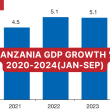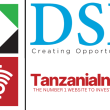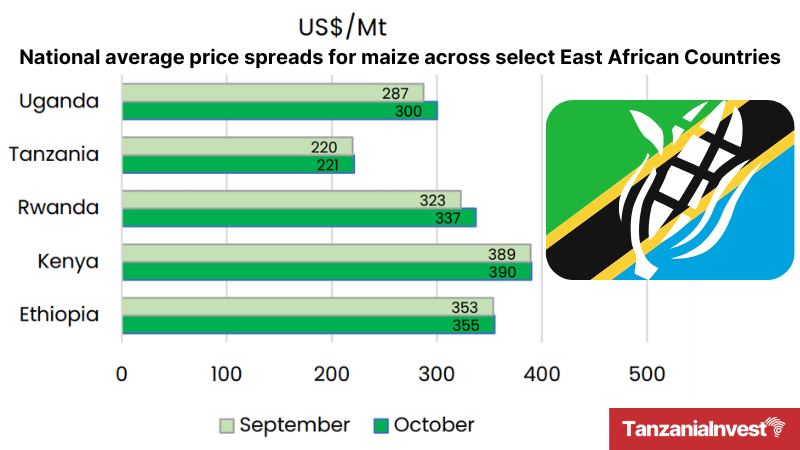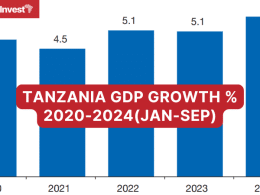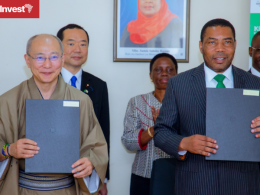Tanzania has been recognized for its relatively low maize prices in the latest Food Security Monitor report of October 2024 recently released by AGRA.
The report is a monthly publication analyzing food security across Africa produced with support from the UK Government’s Foreign, Commonwealth & Development Office (FCDO) through the Africa Food Trade & Resilience Programme.
It equips policymakers, practitioners, and the wider community with vital insights to navigate challenges, prioritize interventions and ultimately build a more food-secure future for all.
According to the October 2024 report, Tanzania offers the most affordable maize in East Africa, with prices at just USD 221 per metric ton, a significant contrast to prices exceeding USD 300 per metric ton in neighboring countries.
This price advantage positions Tanzania as a critical player in the region’s food security landscape, particularly as maize is a staple crop across East Africa.
The report notes that, while maize prices in the region have fluctuated due to various challenges, Tanzania remains a consistent source of affordable maize.
Key Food Security Insights
The Food Security Monitor highlighted that the Eastern African region is experiencing widespread food insecurity, with many countries in crisis (IPC Phase 3) and stressed (IPC Phase 2) conditions. Despite these challenges, Tanzania’s agriculture sector has remained relatively resilient, helping stabilize food prices within the country and contributing to regional food security.
Tanzania’s role in regional food trade is also reinforced by the report’s observation that transportation costs are a significant factor in maize prices.
Countries like Kenya face higher maize prices due to transportation costs from regions like Tanzania, which further emphasizes the country’s importance in the regional agricultural supply chain.
Tanzania’s Role in Regional Trade Corridors
In addition to its contribution to regional food security, Tanzania is also gaining prominence in Africa’s trade infrastructure. The report highlights the Central Corridor, a vital trade route that connects landlocked countries to the Indian Ocean through Tanzania, as a growing asset for the country’s trade network. Recently, Zambia officially joined the Central Corridor, extending its reach southward beyond the East African Community (EAC) bloc.
This trade development supports Tanzania’s strategic position as a hub for both agricultural exports and regional connectivity. Additionally, Tanzania’s involvement in the Lobito Corridor project, linking Angola to Zambia, further strengthens its trade and transport infrastructure, creating new opportunities for economic growth.
A Growing Agricultural Economy
As part of its broader economic growth, Tanzania is actively supporting its agricultural sector, with efforts to enhance production, improve food security, and boost exports. The country continues to focus on increasing the productivity of smallholder farmers and providing sustainable trade solutions that benefit the entire region.
With affordable food prices and its expanding role in regional trade corridors, Tanzania is poised to play a central role in the African continent’s economic transformation, helping to stabilize the agricultural market and foster food security across East Africa.



